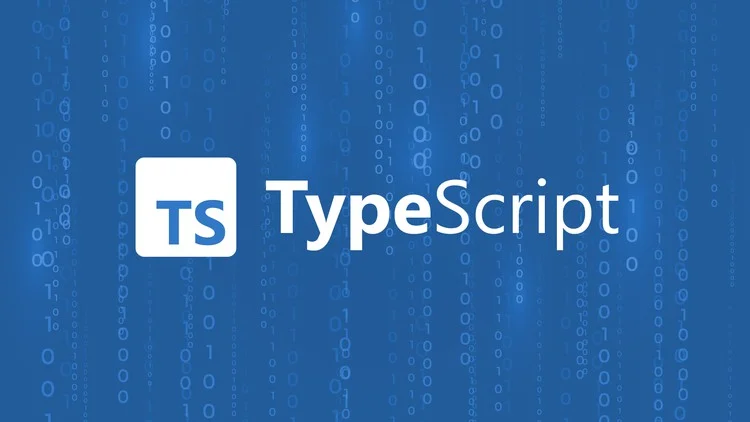If you’ve been building web apps with React or Next.js, chances are you’ve come across something called TypeScript. You might be wondering, “Do I really need it?” or “How does it even work with Next.js?”
This post breaks it all down—what TypeScript is, why it matters, and how it integrates beautifully with Next.js.
🔍 What is TypeScript?
TypeScript is a typed superset of JavaScript developed by Microsoft. That means it builds on top of JavaScript by adding static type checking.
Here’s a super simple example:
let name: string = "Next.js";
// TypeScript will catch this error:
name = 123; // ❌ Error: Type 'number' is not assignable to type 'string'In JavaScript, that wouldn’t throw an error until runtime. But TypeScript catches it at development time—helping you avoid bugs before they happen.
🚀 Why Use TypeScript with Next.js?
Next.js is already a modern React framework, so adding TypeScript gives you superpowers:
✅ Error-catching at compile time
✅ Autocomplete and IntelliSense
✅ Self-documenting code
✅ Better collaboration in teams
✅ Confidence during refactoring
And the best part? Next.js has first-class TypeScript support built in. It just works.
⚙️ How to Add TypeScript to a Next.js Project
Already have a Next.js project in JavaScript?
You can convert it in seconds.
1. Install TypeScript and types:
npm install --save-dev typescript @types/react @types/node2. Create a tsconfig.json file:
Just run:
npx tsc --initOr, if you’re using Next.js, you can just rename a page (like index.js → index.tsx) and Next.js will auto-generate the tsconfig.json for you.
📂 File Naming in Next.js + TypeScript
| File Type | Extension |
|---|---|
| Page Components | .tsx |
| Logic-only files | .ts |
| API Routes | .ts |
| Types/Interfaces | .ts |
Use
.tsxfor files that include JSX. Otherwise,.tsis fine.
✍️ Declaring Types and Interfaces
Types help define how your data should look.
Example: Props in a Component
type ButtonProps = {
label: string;
onClick: () => void;
};
const Button = ({ label, onClick }: ButtonProps) => (
<button onClick={onClick}>{label}</button>
);This ensures the label is a string, and onClick is a function.
🧱 Real Example in Next.js
Let’s look at a full functional component in a Next.js + TypeScript app:
// pages/index.tsx
import type { NextPage } from 'next';
const Home: NextPage = () => {
return (
<div>
<h1>Hello from TypeScript!</h1>
</div>
);
};
export default Home;The NextPage type helps with better typing and autocomplete in Next.js pages.
🧰 Helpful TypeScript Tools in Next.js
getStaticProps,getServerSideProps,getInitialPropsall support typed return types- You can strongly type your API routes using
NextApiRequestandNextApiResponse - Use
interfaceortypeto create reusable types across components
🤔 Should You Use TypeScript in Your Next.js App?
If you:
- Want better tooling
- Care about clean, readable code
- Are building anything more than a simple landing page
Then yes, TypeScript is 100% worth it.
It might feel verbose at first, but once you’re used to it, you’ll wonder how you ever lived without it.
✅ Final Thoughts
TypeScript + Next.js = a powerful combo for building scalable, maintainable, and bug-resistant React applications. It’s beginner-friendly and future-proof.
If you’re just getting started, you don’t need to go full TypeScript all at once. Migrate gradually, or start with new files.
💡 Want More?
Let me know if you’d like a follow-up post on:
- Converting an entire JS Next.js project to TS
- Creating a global types folder
- Using TypeScript with Zustand or Supabase
Happy coding! ✨
